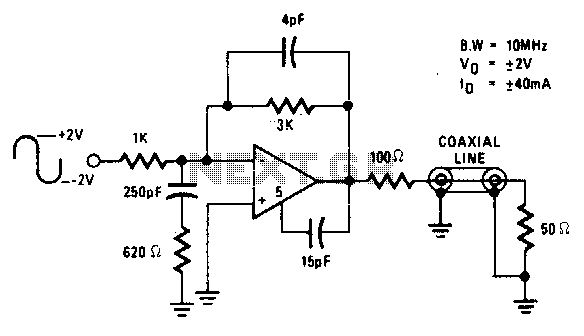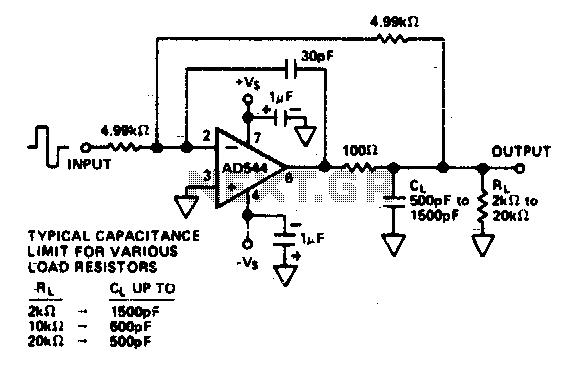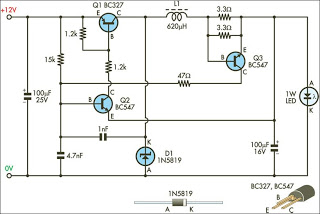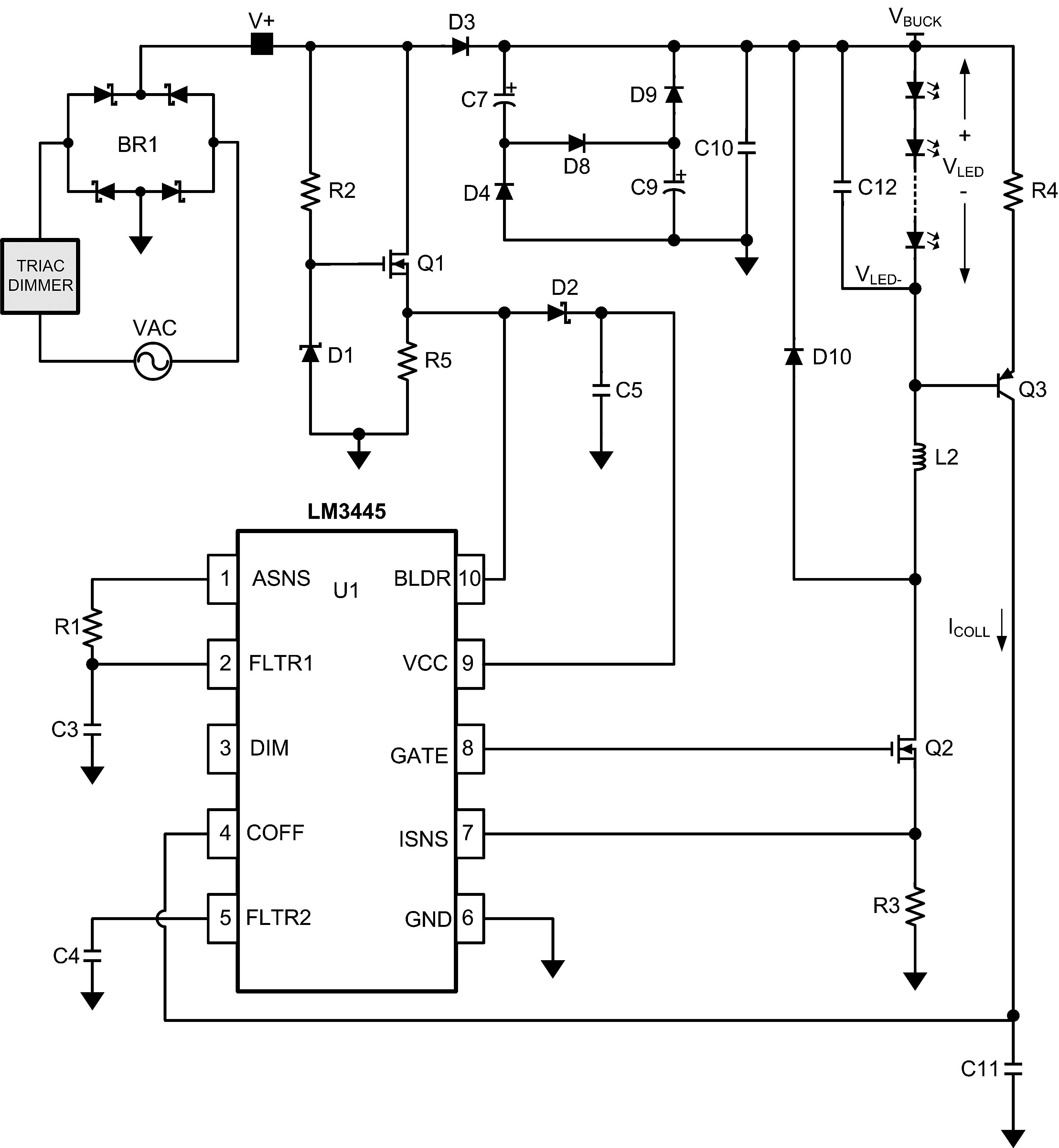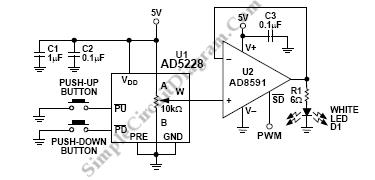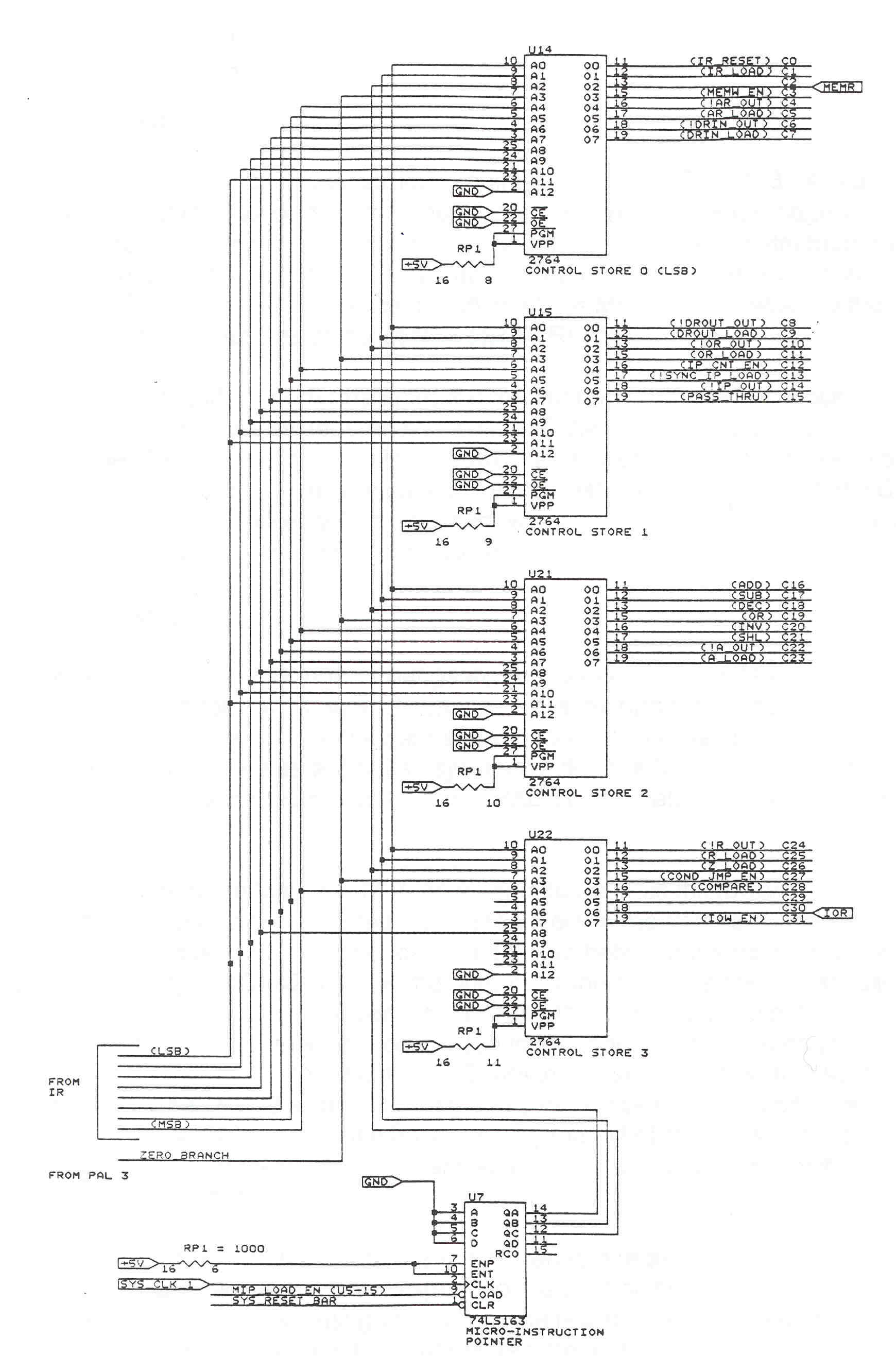
An 89C2051 CPU 8 driver outputs
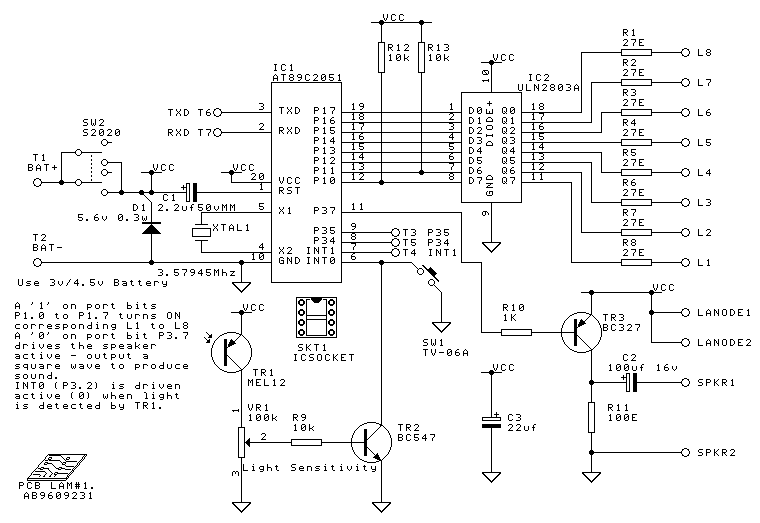
This document describes the HSETI PCB. This PCB is a small simple application for the Atmel AT89C2051 microprocessor - a 20 pin 8051 variant, with FLASH (reprogrammable) program memory. The board has just two chips on it, the CPU and a driver/buffer.
The HSETI PCB is designed to leverage the capabilities of the Atmel AT89C2051 microprocessor, which is a member of the 8051 family known for its simplicity and efficiency in small-scale applications. The microprocessor features 20 pins, allowing for a compact design while still providing essential functionalities such as digital input/output, interrupt handling, and serial communication.
The PCB layout incorporates the AT89C2051 at its core, which is equipped with FLASH memory, enabling users to reprogram the device as needed. This feature is particularly beneficial for development and prototyping, as it allows for iterative testing and updates without the need for physical component replacements.
In addition to the microprocessor, the board includes a driver/buffer chip. This component is critical for interfacing the microprocessor with other peripherals or devices. It enhances the signal integrity and ensures that the output from the microprocessor can drive loads that may require higher current or voltage levels than the microprocessor can provide directly.
The overall design of the HSETI PCB is optimized for minimal space usage while ensuring that all necessary connections and functionalities are maintained. The interconnections between the microprocessor and the driver/buffer are carefully routed to minimize noise and interference, which is crucial for maintaining reliable operation in embedded systems.
In summary, the HSETI PCB serves as a foundational platform for applications utilizing the AT89C2051 microprocessor, facilitating easy integration and programming for various electronic projects.This document describes the HSETI PCB. This PCB is a small simple application for the Atmel AT89C2051 microprocessor - a 20 pin 8051 variant, with FLASH (reprogrammable) program memory. The board has just two chips on it, the CPU and a driver/buffer. 🔗 External reference
The HSETI PCB is designed to leverage the capabilities of the Atmel AT89C2051 microprocessor, which is a member of the 8051 family known for its simplicity and efficiency in small-scale applications. The microprocessor features 20 pins, allowing for a compact design while still providing essential functionalities such as digital input/output, interrupt handling, and serial communication.
The PCB layout incorporates the AT89C2051 at its core, which is equipped with FLASH memory, enabling users to reprogram the device as needed. This feature is particularly beneficial for development and prototyping, as it allows for iterative testing and updates without the need for physical component replacements.
In addition to the microprocessor, the board includes a driver/buffer chip. This component is critical for interfacing the microprocessor with other peripherals or devices. It enhances the signal integrity and ensures that the output from the microprocessor can drive loads that may require higher current or voltage levels than the microprocessor can provide directly.
The overall design of the HSETI PCB is optimized for minimal space usage while ensuring that all necessary connections and functionalities are maintained. The interconnections between the microprocessor and the driver/buffer are carefully routed to minimize noise and interference, which is crucial for maintaining reliable operation in embedded systems.
In summary, the HSETI PCB serves as a foundational platform for applications utilizing the AT89C2051 microprocessor, facilitating easy integration and programming for various electronic projects.This document describes the HSETI PCB. This PCB is a small simple application for the Atmel AT89C2051 microprocessor - a 20 pin 8051 variant, with FLASH (reprogrammable) program memory. The board has just two chips on it, the CPU and a driver/buffer. 🔗 External reference
Warning: include(partials/cookie-banner.php): Failed to open stream: Permission denied in /var/www/html/nextgr/view-circuit.php on line 713
Warning: include(): Failed opening 'partials/cookie-banner.php' for inclusion (include_path='.:/usr/share/php') in /var/www/html/nextgr/view-circuit.php on line 713
